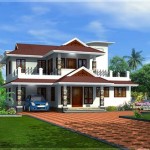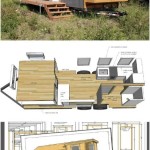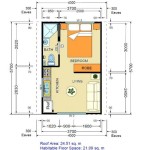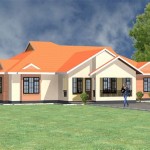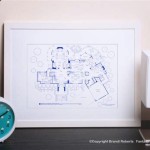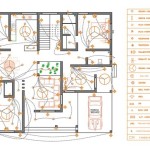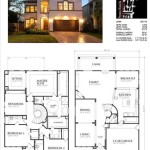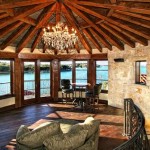Floor Plans With Circular Staircases: A Design Guide
Circular staircases, with their elegant curves and unique aesthetic, have become a popular choice for homeowners seeking to add a touch of grandeur and sophistication to their homes. These architectural elements transcend practicality, becoming focal points that draw attention and enhance the overall flow of the space. While their visual appeal is undeniable, incorporating a circular staircase into a floor plan requires careful planning and consideration of several key factors.
Space Optimization and Flow
The defining characteristic of a circular staircase is its shape. This inherently creates a challenge in terms of space optimization, as the staircase occupies a larger footprint than traditional straight or L-shaped staircases. Careful planning is essential to ensure that the staircase does not dominate the space or hinder the flow of traffic. In smaller homes, a circular staircase might be best placed in a dedicated area or against a wall to minimize obstruction.
However, the curved design can also be an advantage. The open, flowing nature of a circular staircase can create a sense of openness and spaciousness, especially in smaller spaces. Its unobstructed design can enhance the flow of light and air, creating a welcoming and airy atmosphere. By strategically positioning the staircase, it can act as a natural room divider, separating different areas within the home without creating a feeling of claustrophobia.
Design Aesthetics and Functionality
Circular staircases offer a plethora of design possibilities, allowing for personalized touches that complement the overall aesthetic of the home. The balustrade, the handrail that runs along the staircase, can be crafted from various materials such as wood, metal, or glass, each offering a unique visual appeal. The choice of materials, the style of the balusters, and the design of the handrail can significantly influence the overall design aesthetic of the staircase.
Additionally, the staircase can be adorned with decorative elements such as lighting fixtures or artwork, further enhancing its visual appeal. For instance, a chandelier suspended from the ceiling above the staircase can create a dramatic focal point, while sconces along the wall can provide ambient lighting and highlight the architectural details of the staircase. The incorporation of decorative elements can transform the staircase from a functional element into a stunning work of art.
Despite its aesthetic advantages, functionality should not be overlooked in the design of a circular staircase. The width and height of the steps must be carefully considered to ensure comfortable and safe ascent and descent. The handrail should be securely installed and positioned at a comfortable height for all users. These features should be carefully planned to ensure accessibility and ease of use, especially for older individuals or people with mobility issues.
Constructional Considerations
The construction of a circular staircase presents unique challenges compared to traditional staircases. The curved geometry requires specialized skills and techniques to ensure structural stability and safety. The staircase must be securely anchored to the floor and ceiling, with carefully calculated angles to ensure a smooth and even ascent and descent.
The use of strong and durable materials for the supporting structure, such as steel or concrete, is crucial to withstand the weight of the staircase and its users. The steps and handrail must be securely fastened to the supporting structure, ensuring a sturdy and reliable construction. It is important to consult with experienced architects and structural engineers to ensure the staircase is built to code and meets safety regulations.
Circular staircases, while considered aesthetically pleasing and a unique design element, require careful planning and execution to ensure functionality and safety. The inherent challenges in space optimization, the demands of aesthetic customization, and the intricacies of construction need to be addressed at the design stage. When properly planned and executed, a circular staircase can add a touch of elegance and sophistication while seamlessly integrating into the overall design of the home.

House Plans With Circular Staircase Luxurious Design Craftsman Style Stairs

Fiddlers Creek House Plan Stairs Floor Stair Round

Floor Plan Spiral Stair Case Google Search 나선형 계단 디자인

Home Plan With Dramatic Spiral Staircase 89857ah Architectural Designs House Plans

How To Build Modern Curved Stairs In 7 Steps

Image For Leavenworth Sloping Lot Plan With Spiral Staircase And Elevator Main Floor Stairs Contemporary House Plans Bungalow

Luxurious Design With Circular Staircase 69239am Architectural Designs House Plans

Floor Plan Aflfpw76201 2 Story Home Design With 4 Brs And 3 Baths House Plans Stair

5 Bed House Plan With Elegant Spiral Stair 62493dj Architectural Designs Plans

Image For Leavenworth Sloping Lot Plan With Spiral Staircase And Elevator Main Floor Stairs Contemporary House Plans Bungalow

